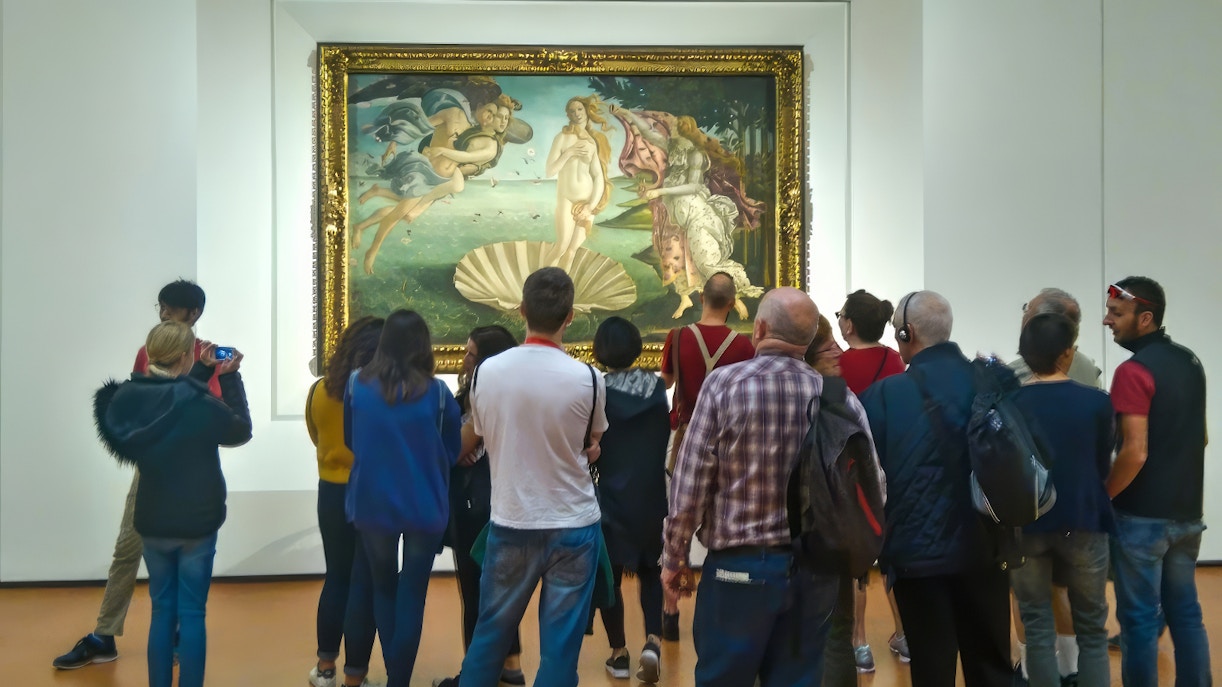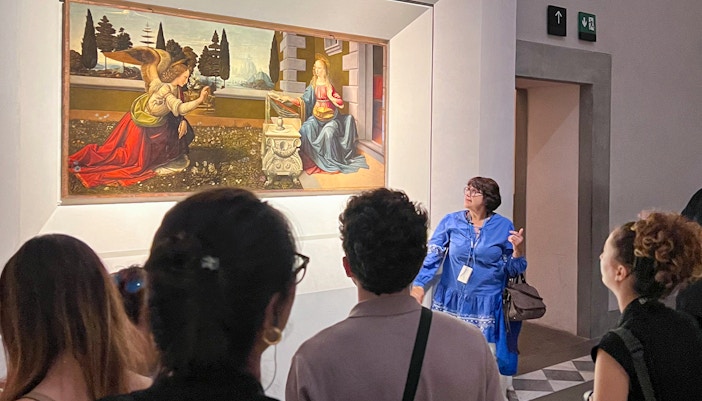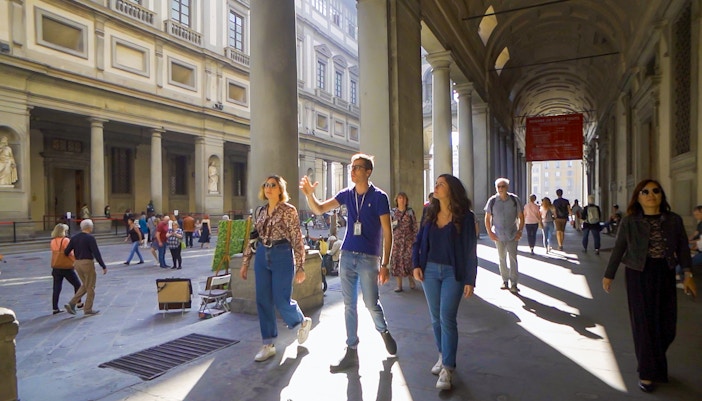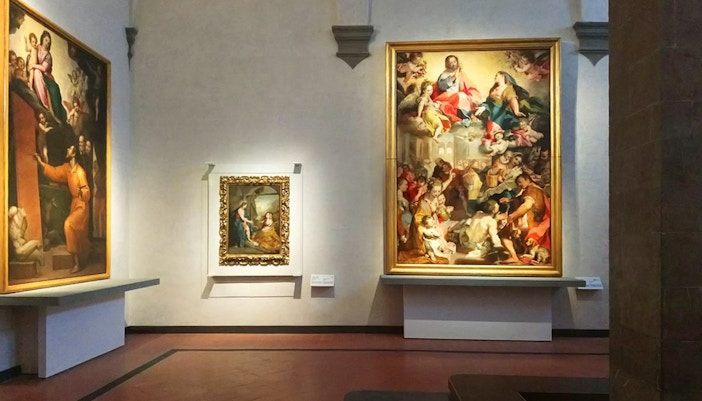- Take a guided tour for deeper insight: Booking a guided tour brings The Birth of Venus to life. Discover hidden mythological meanings, artistic techniques, and juicy Medici court gossip that shaped this painting. You'll see details even seasoned art lovers sometimes miss—like the golden aura Botticelli subtly weaves around Venus.
- Find the sweet spot: Stand about 6–8 feet away, directly in front of the painting. This distance helps you take in the full composition without distortion. Step slightly to the left to notice the flow of wind from Zephyrus or to the right to focus on Venus' serene, almost divine gaze.
- Time it right: The museum gets busy—really busy. Your best bet? Visit the Uffizi early in the morning right after it opens, or in the last hour before closing. Weekdays, especially Tuesdays and Thursdays, tend to be less crowded than weekends.
- Capture it (mindfully): Photography is allowed but only without flash. For the best shot, stand slightly to the side to avoid glare and frame Venus with some of the ornate room decor to capture her in context.





